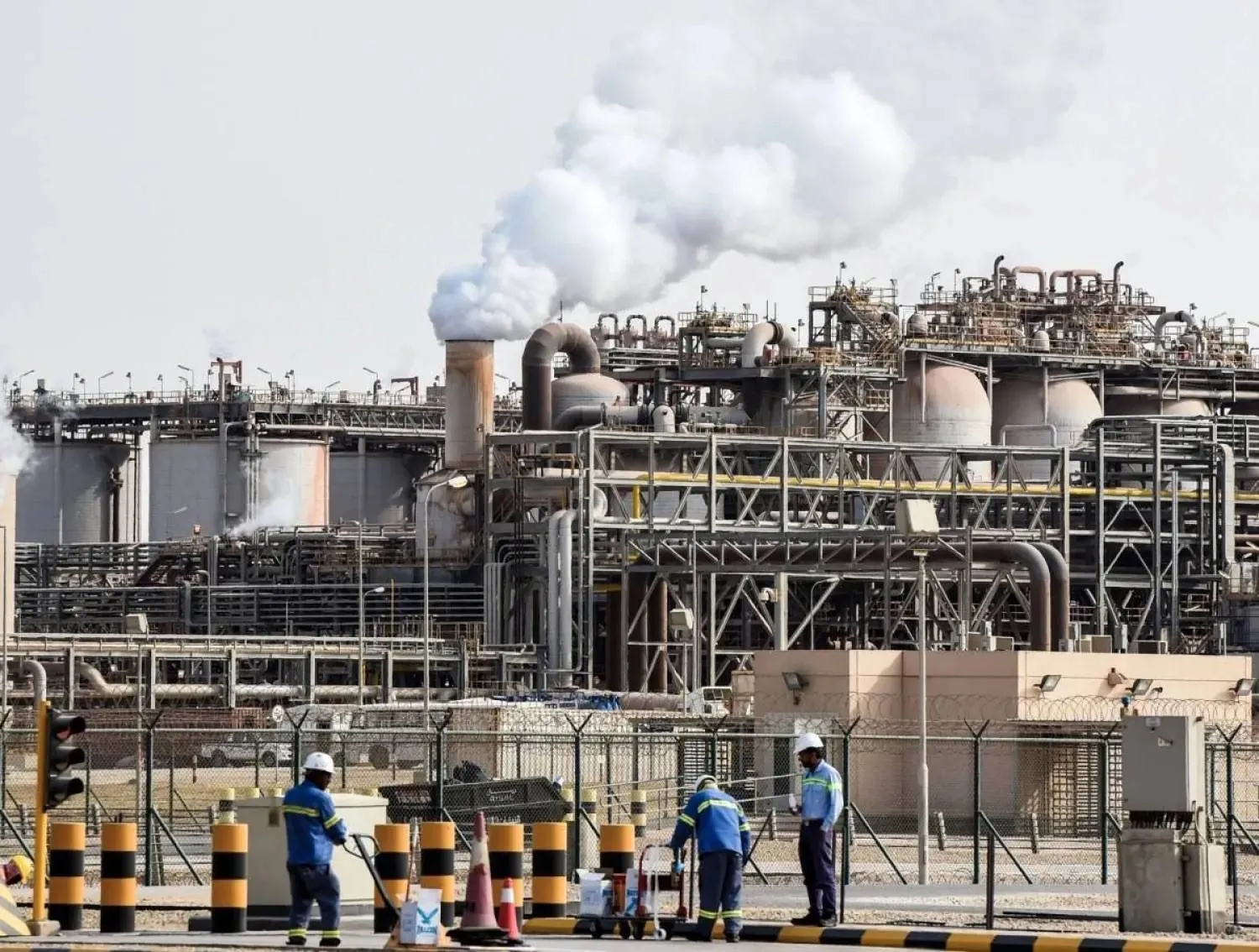The rise in fuel prices this year seems to have had an impact on demand in Saudi Arabia, falling by an average of 7.4 percent in the first quarter of this year, according to official figures.
Data released by the Joint Organizations Data Initiative (JODI) showed that the kingdom consumed an average of 549,000 barrels per day between January and March of this year compared with an average of 590,000 bpd during the same period last year.
Even if the data are compared on a monthly basis and not on a quarterly basis, it is clear that consumption is declining. In January, demand for gasoline fell 7.7 percent from the same month last year, while in February it fell 7.5 percent and in March 5.7 percent.
As of January, the official selling price of 91 octane fuel was at 1.37 riyals per liter and 95 octane fuel at 2.04 riyals per liter. While the price of diesel for the transport sector did not change from the previous basic price of about 0.47 riyals per liter. These prices include VAT.
Although the price of fuel has been adjusted in Saudi Arabia, the Kingdom has been among the countries with the lowest gasoline prices. The Kingdom ranked fifth in the world, with the price of a liter of gasoline $0.37. Venezuela came first with $0.01 per liter, followed by Turkmenistan $0.28, Algeria $0.28. Kuwait ranked fourth in the world at about $0.34, while Egypt and Ecuador ($0.39) came in sixth place.
The data showed that there is a growth in gasoline imports this year, although demand is falling. Saudi Arabia's gasoline imports in March rose by 54.5 percent from a year ago, while in February they rose by 47.4 percent after an increase of 69 percent in January.
Demand for diesel, the second fuel in the transport sector after gasoline, has fallen during all months of the year, although its price remained the same unlike gasoline. Demand for diesel in March fell by 9.6 percent year-on-year, while the decline was 18 percent in February and 13 percent in January, data showed.
Earlier this year, Saudi Arabia's diesel imports fell by about 14 percent before rising by a very large 240 percent in February. In March, imports increased by only 36.4 percent, data showed.







